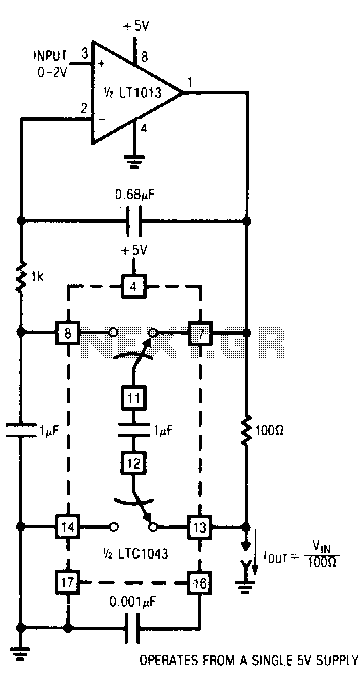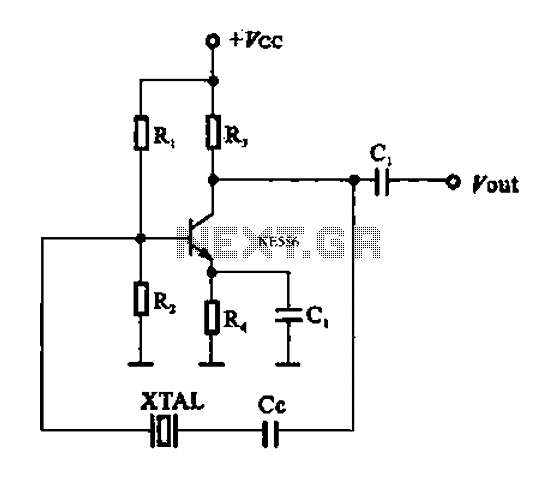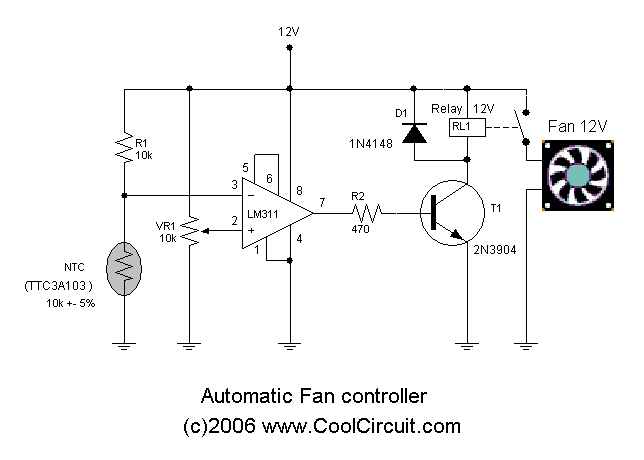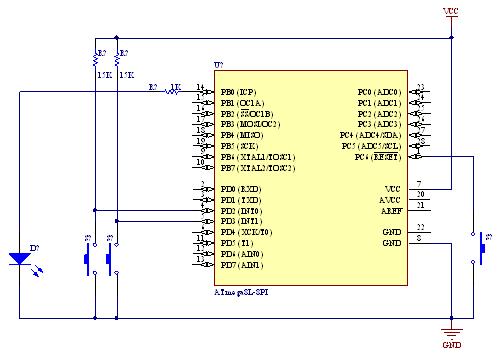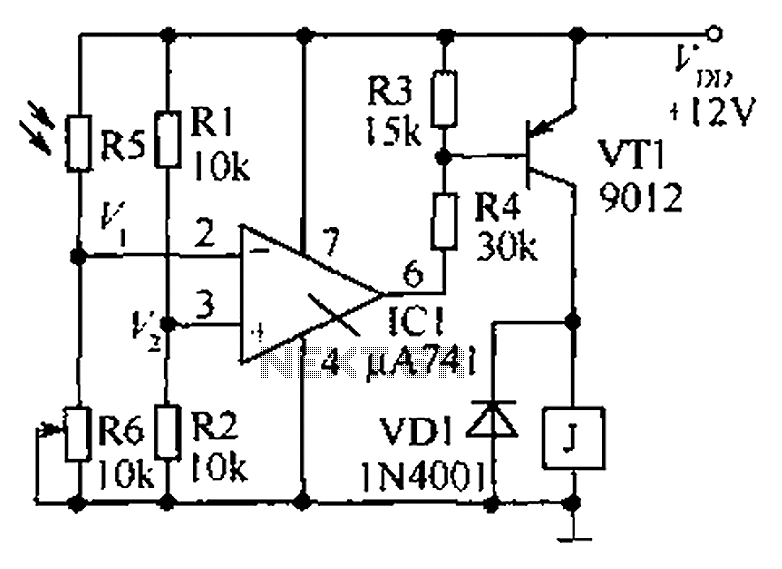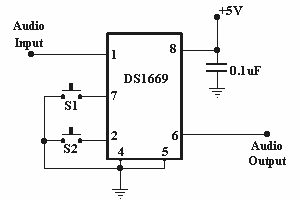
Control electrical appliances using PC
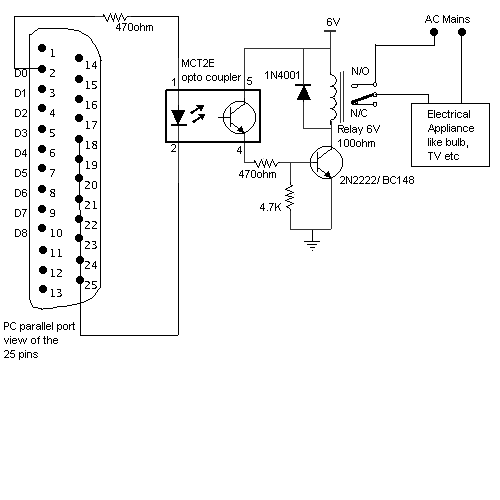
Control electrical appliances using a PC. This circuit utilizes the printer port of a PC for control applications through software and some interface hardware. The interface circuit is included.
The described circuit leverages the parallel printer port (also known as LPT port) of a personal computer to control electrical appliances. The parallel port can output multiple signals simultaneously, making it suitable for controlling various devices such as lights, fans, or other electrical equipment.
The circuit typically consists of a series of interface components that translate the signals from the printer port into control signals for the appliances. These components may include transistors or relays, which act as switches to manage the high power requirements of the appliances.
In a standard configuration, the data pins of the printer port are connected to the base of the transistors through current-limiting resistors. When a specific pin is activated by the software running on the PC, it sends a high signal (typically +5V) that turns on the corresponding transistor. This, in turn, allows current to flow from the power supply through the connected appliance, effectively turning it on. Conversely, deactivating the pin will turn off the transistor, cutting power to the appliance.
The circuit design may also include protection components such as diodes to prevent back EMF from inductive loads (like motors or solenoids) from damaging the transistors or the printer port. Additionally, the use of opto-isolators can provide electrical isolation between the high-voltage appliances and the low-voltage control signals from the PC, enhancing safety and protecting sensitive components.
Software for this application can be developed in various programming environments, allowing users to create a user-friendly interface for controlling the appliances. The software communicates with the printer port, sending the appropriate signals based on user input to activate or deactivate the connected devices.
Overall, this circuit represents a practical solution for integrating PC control with electrical appliances, enabling automation and remote operation through simple software commands.Control electrical appliances using PC. Here is a circuit for using the printer port of a PC, for control application using software and some interface hardware. The interface circuit along with the. 🔗 External reference
The described circuit leverages the parallel printer port (also known as LPT port) of a personal computer to control electrical appliances. The parallel port can output multiple signals simultaneously, making it suitable for controlling various devices such as lights, fans, or other electrical equipment.
The circuit typically consists of a series of interface components that translate the signals from the printer port into control signals for the appliances. These components may include transistors or relays, which act as switches to manage the high power requirements of the appliances.
In a standard configuration, the data pins of the printer port are connected to the base of the transistors through current-limiting resistors. When a specific pin is activated by the software running on the PC, it sends a high signal (typically +5V) that turns on the corresponding transistor. This, in turn, allows current to flow from the power supply through the connected appliance, effectively turning it on. Conversely, deactivating the pin will turn off the transistor, cutting power to the appliance.
The circuit design may also include protection components such as diodes to prevent back EMF from inductive loads (like motors or solenoids) from damaging the transistors or the printer port. Additionally, the use of opto-isolators can provide electrical isolation between the high-voltage appliances and the low-voltage control signals from the PC, enhancing safety and protecting sensitive components.
Software for this application can be developed in various programming environments, allowing users to create a user-friendly interface for controlling the appliances. The software communicates with the printer port, sending the appropriate signals based on user input to activate or deactivate the connected devices.
Overall, this circuit represents a practical solution for integrating PC control with electrical appliances, enabling automation and remote operation through simple software commands.Control electrical appliances using PC. Here is a circuit for using the printer port of a PC, for control application using software and some interface hardware. The interface circuit along with the. 🔗 External reference
